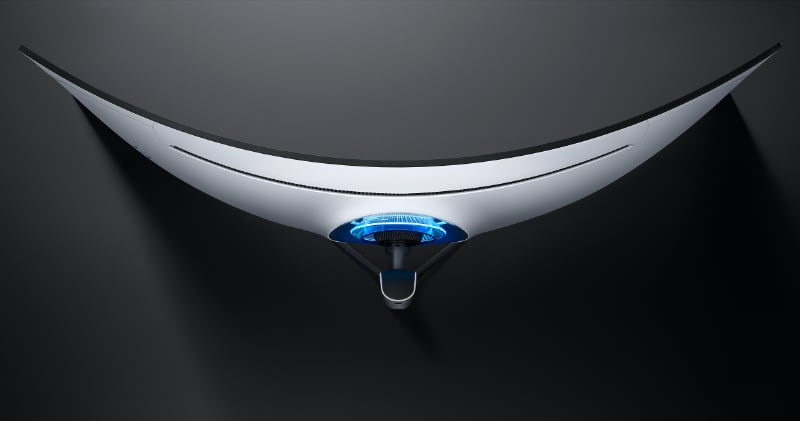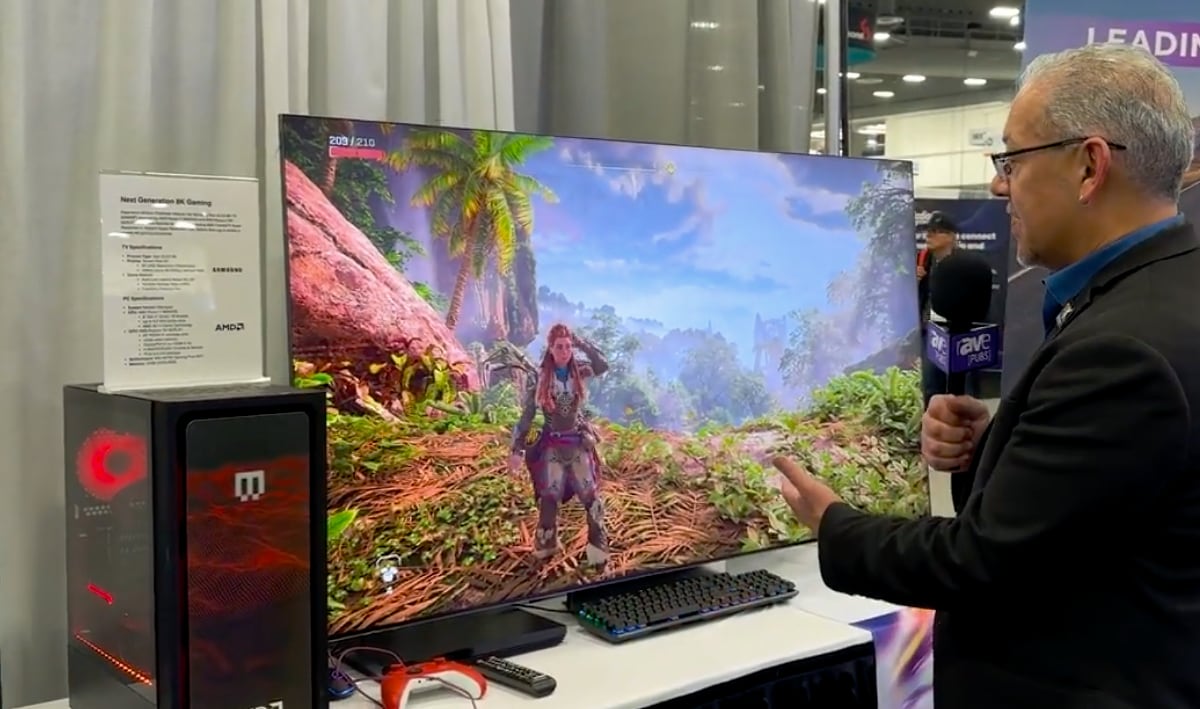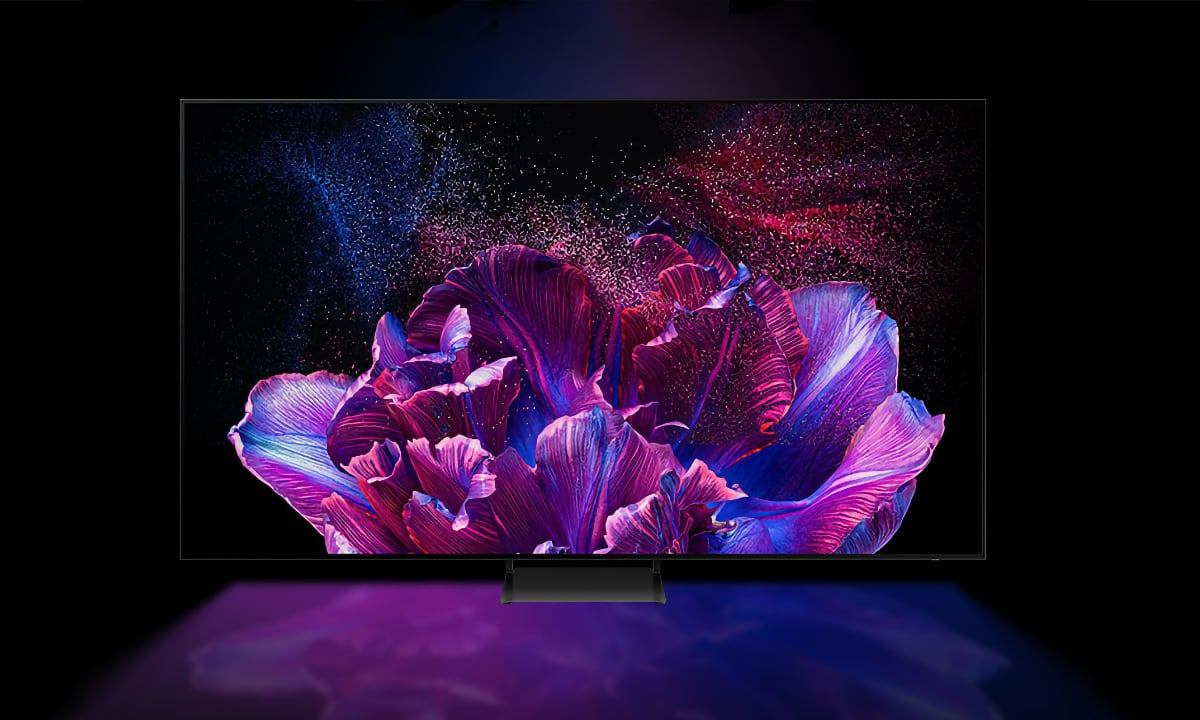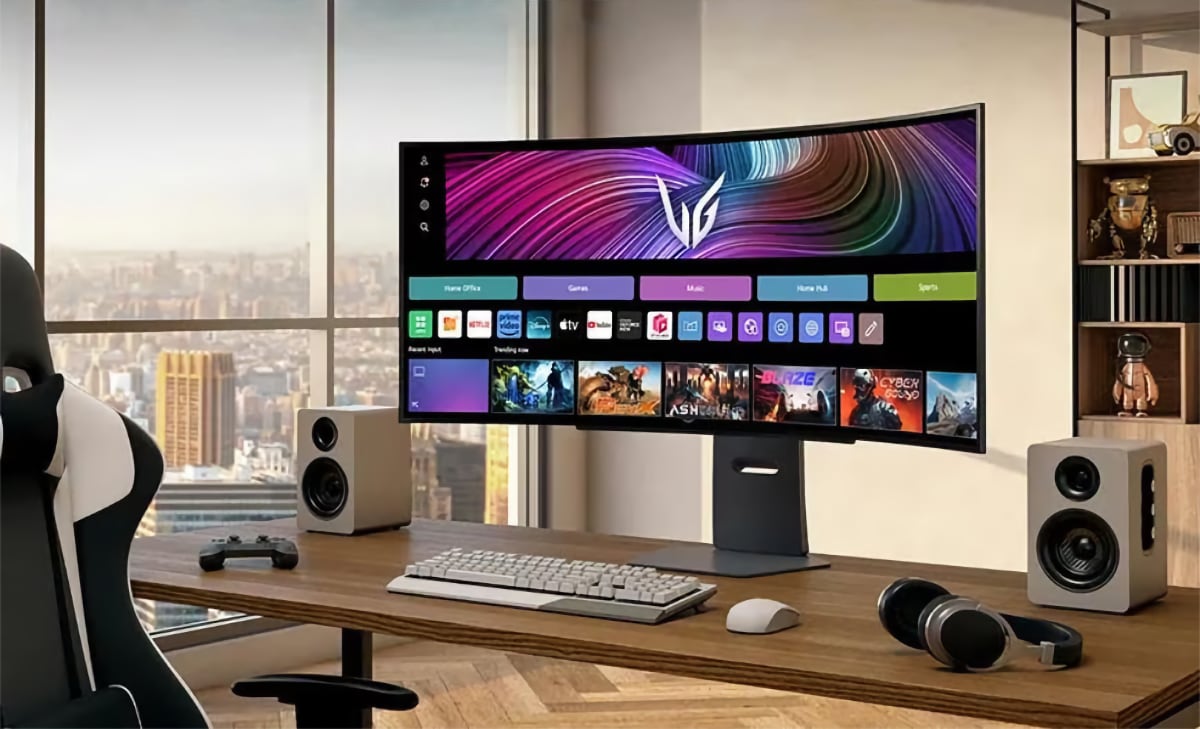Samsung has a new name for its gaming monitors. Odyssey is spearheaded by an 49-inch G9 that features an "extremely deep curvature" along with 5120x1440 resolution, up to 240Hz refresh rate, and claims of "HDR1000".
Claims of HDR...
Samsung Odyssey ticks all the right boxes for a gaming monitor. It comes with a wild name, variable refresh rate, flashy lights, and lots of over-exaggerated promises that the display technology inside will fail to deliver.
The 49-inch G9 Odyssey has an edge-lit VA LCD panel with 5120x1440 resolution in a 32:9 aspect ratio. It supports G-Sync and Samsung claims that it is able to hit 1 ms response time, up to 240Hz refresh rate, and 1000 nits brightness peak for HDR.
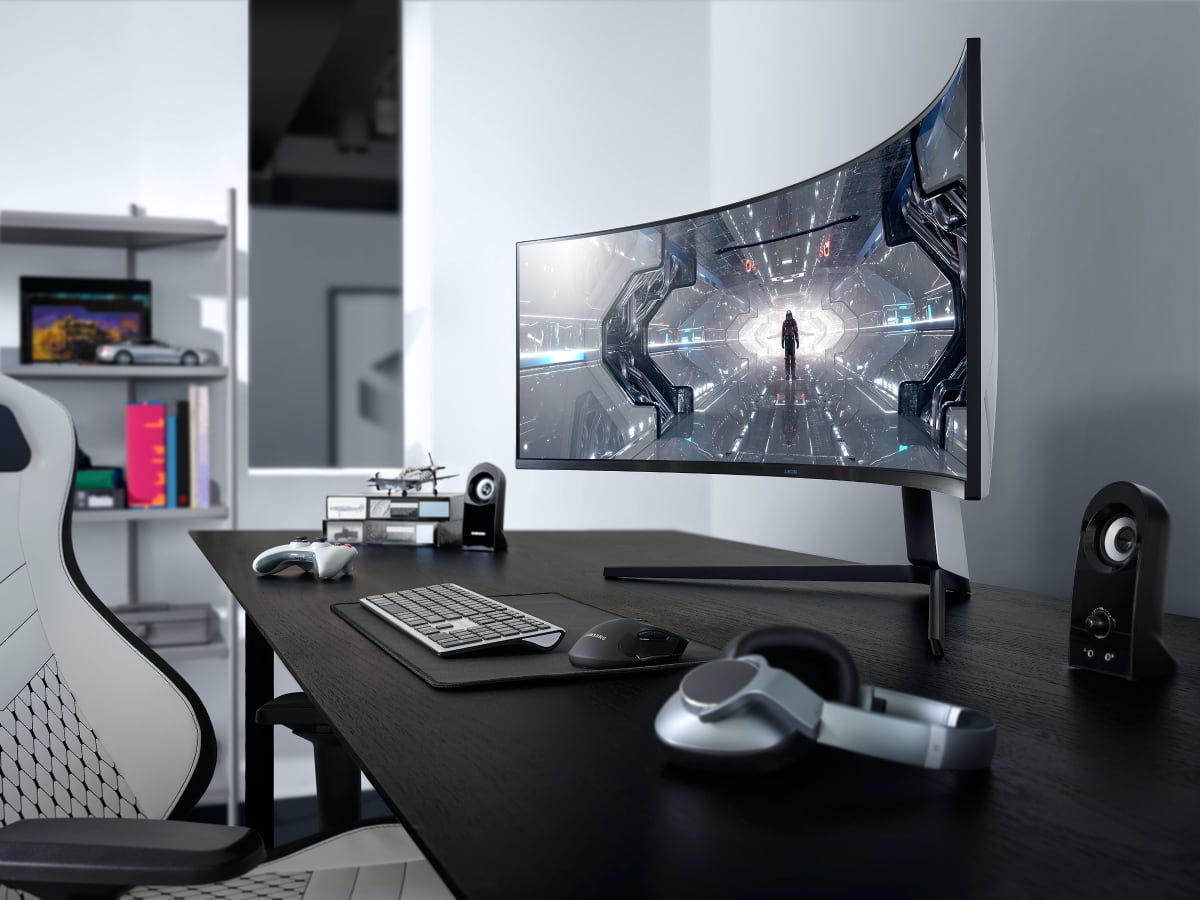
Unfortunately, HDR is still a fata morgana in the PC ecosystem. Even if you manage to find a HDR-enabled PC game and get your PC hardware to output HDR, the edge-lit LCD panel in pretty much any gaming monitor today will ruin the show. If Samsung's G9 was ever to approach 1000 nits peak brightness, its black level would rise to at least 0,2 nits, which is more like grey, and other areas would look blown out. That it because there are almost no dimming zones behind these VA LCD panels that max out at around 5000:1 contrast ratio, which is the opposite of High Dynamic Range.
Also read: HDR terminology demystified
Samsung is advertising it as 'HDR1000', which is a term that it has made up. Every year, manufacturers make bold claims about their gaming monitors' abilities to reproduce HDR, but the reality is that gaming monitors must switch to a different display technology to enable HDR. You can wait another year or five. This will remain true. Zone dimming LED is not optimal because it adds lag and is too expensive, limiting the technology to only the most expensive models. OLED would enable gaming monitors to reproduce HDR but the first OLED gaming monitors lack support for HDR entirely.
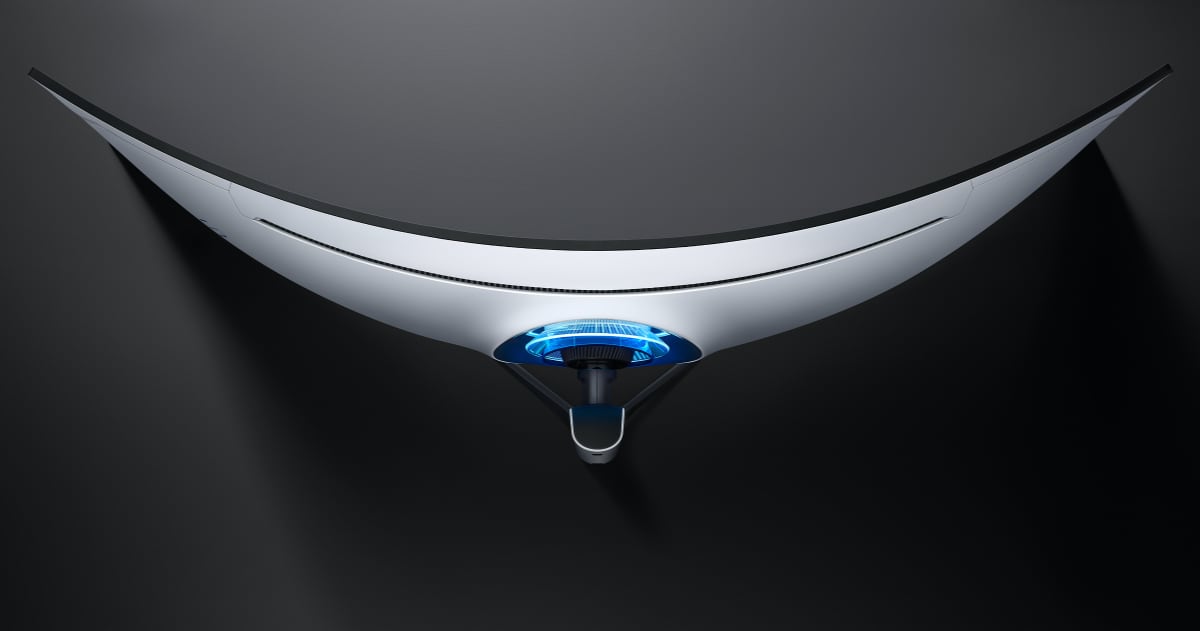
From a technical standpoint, Samsung's 49-inch G9 Odyssey is not a bad screen compared to the competition. The problem is that the bar is set so low and that manufacturers are charging obscene amounts for these high-end monitors. For the same money could buy you an OLED TV with far better picture quality, real HDR, and HDMI 2.1.
Why do we even care? Because FlatpanelsHD started out as a monitor review site but we ultimately had to abandon the segment due to lack of innovation. After almost a decade, these guys are still promoting low-end edge-lit IPS and VA LCD panels as high-end monitors.
Samsung said that it will also release smaller 27 and 32-inch monitors in its Odyssey range. The company did not announce pricing but last year's CRG9 carried a $1300 price tag.

